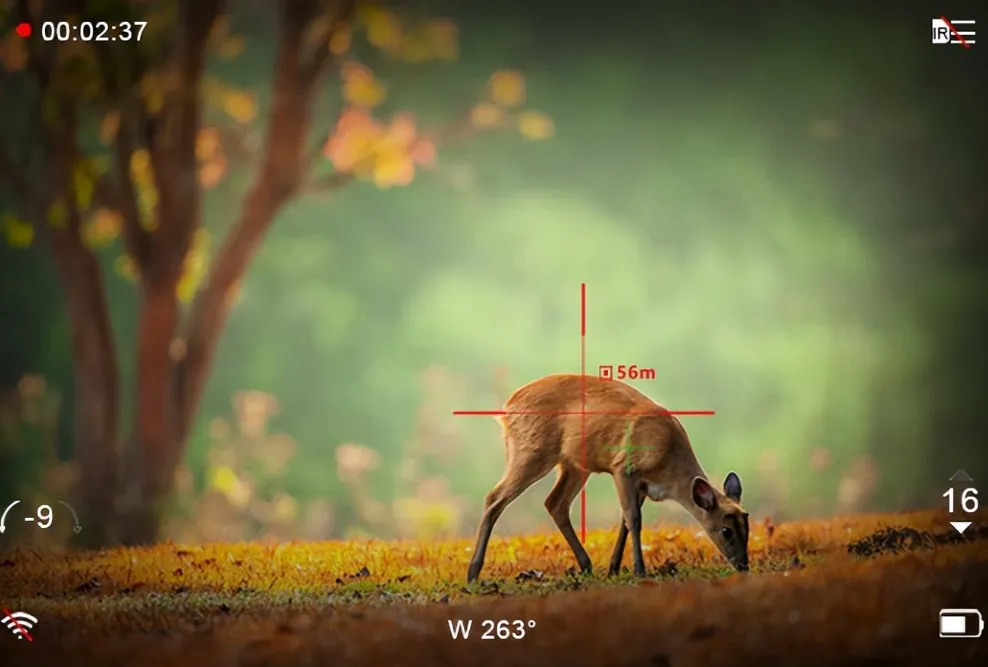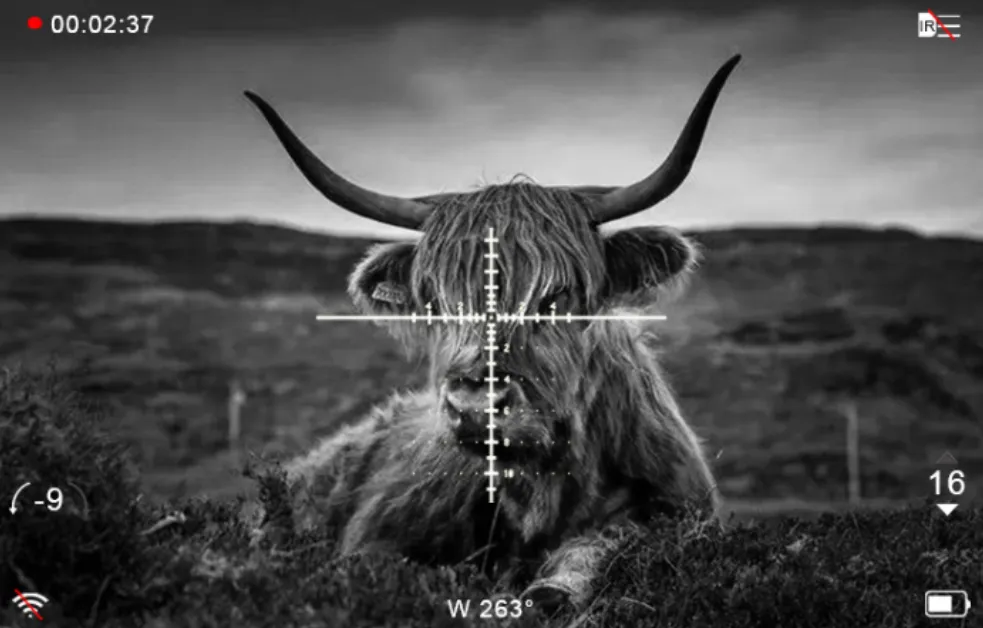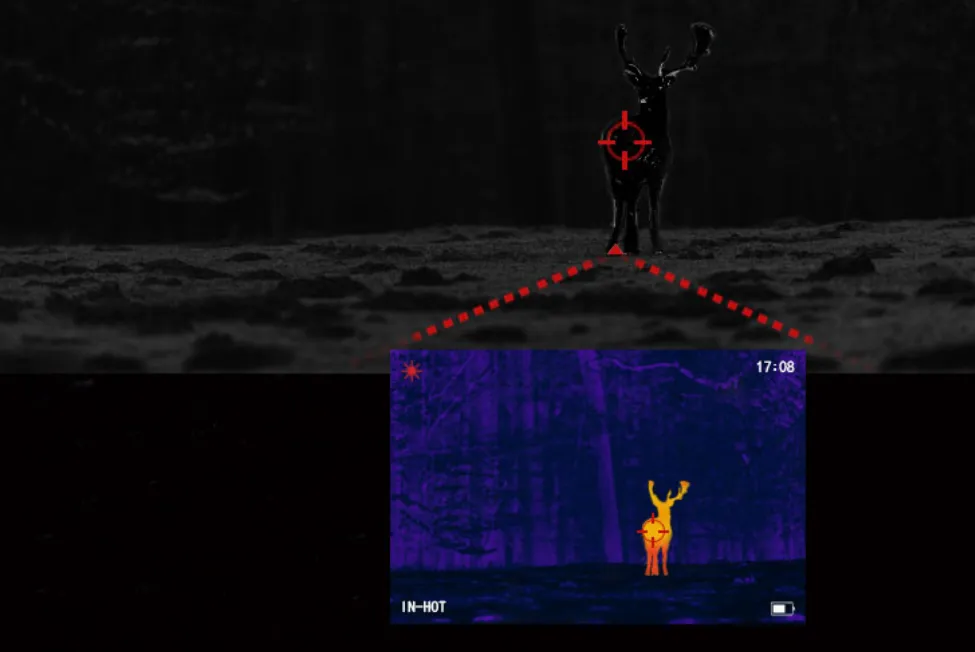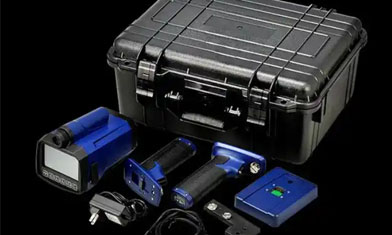열 이미저와 야간 시력 장치 사이의 미묘한 관계 이해
과학기술의 발전과 국가 정책의 개방으로 합법적 사냥은 점차 새로운 형태의 야외 오락이 되었습니다. 열 이미저와 야간 시력 장치에 대한 수요가 증가하고 있는 많은 군 팬과 야외 매니아가 있습니다. 동시에 지식에 대한 갈증이 강한 많은 네티즌들은 다음과 같이 묻습니다. 열 이미저와 야간 시력 장치는 정확히 무엇입니까?
Today, 주목하세요, 우리의 지식 강의는 열려 있습니다!
In 짧은 열 이미저와 야간 시력 장치는 어둠 속에서 고화질 영상을 제공할 수 있고 완전히 어두운 환경에서 선명한 표적 영상을 쉽게 얻을 수 있는 첨단 장비입니다.


At 현재, 그것들은 군사 보안, 산업 기술, 자동차 보조 운전, 전염병 예방 검사, 읽기 계속:
Thermal 이미지는 물체 자체에서 방출되는 적외선 에너지(온도/열 에너지)를 수신하는 데 의존한 다음 수신 및 처리 후 디스플레이를 통해 표시합니다.
The 결과 이미지에는 여러 디스플레이 모드가 있습니다. 예를 들어 PARD Technology의 열 이미징 제품에는 빨간색-핫 사이비 색상, 흰색-핫, 검은색-핫, 철-빨간색 사이비 색상 및 하늘의 다섯 가지 이미지 모드가 있습니다. 열 이미징은 적외선을 방출하는 데 의존하지 않고 외부 세계에서 적외선만 수신합니다.
Night 비전 장치가 활성화되어 있어 빛이 물체에 반사되고 야간 비전 장치가 이미지를 수신합니다. 민간 범위의 야간 비전 장치는 일반적으로 디지털 야간 낮에는 좋은 조명 조건에서 영상 효과가 더 선명하고 일부 제품은 컬러 이미지를 표시할 수 있다.
At 밤, 외부 광원이나 자가 충전 조명의 조건에서 대부분의 이미지는 흑백입니다. 완전히 어두운 환경에서 PARD Technology의 디지털 야간 비전 제품은 적외선 범위 350m 이내의 고화질 야간 비전 이미지를 제공할 수

So 야외 사냥 필요성의 관점에서 열 영상 장치와 야간 시력 장치를 선택하는 방법은 무엇입니까? 다음은 초급 요구 사항을 가진 친구에게 간단한 답변을 제공합니다.
In 야간 사냥 환경, 야간 시력 고글 관찰할 수 있는 거리는 상대적으로 가깝고, 영상 효과는 관찰된 대상 자체의 실제 모습에 더 가깝지만, 특정 한계가 있습니다. 즉, 대상이 환경에 혼합되어 찾기가 쉽지 않을 때 대상이 혼동되기 쉽습니다.

However, 그것의 이미징은 더 현실적이고, 물체의 실제 모습과 윤곽을 일정 거리에서 관찰할 수 있고, 그것의 가격은 상대적으로 저렴하기 때문에 저예산의 친구들은 야간 투시경을 선택할 수 있습니다.
In 비교했을 때 열 이미저의 검출 거리가 더 멀고, 열원과 주변 환경 간섭을 구별하기 위해 온도 차이를 사용하여 열 그러나 일반적으로 가격이 더 비싸고 진입 임계값이 더 높습니다.

Finally, 요약하자면, 두 제품은 차이가 없습니다. 그것은 여러분의 필요와 예산에 달려 있습니다. 여기서도 모든 시청자가 자신에게 맞고 좋아하는 열화상 야간 비전 제품을 찾을 수 있기를 바랍니다





















